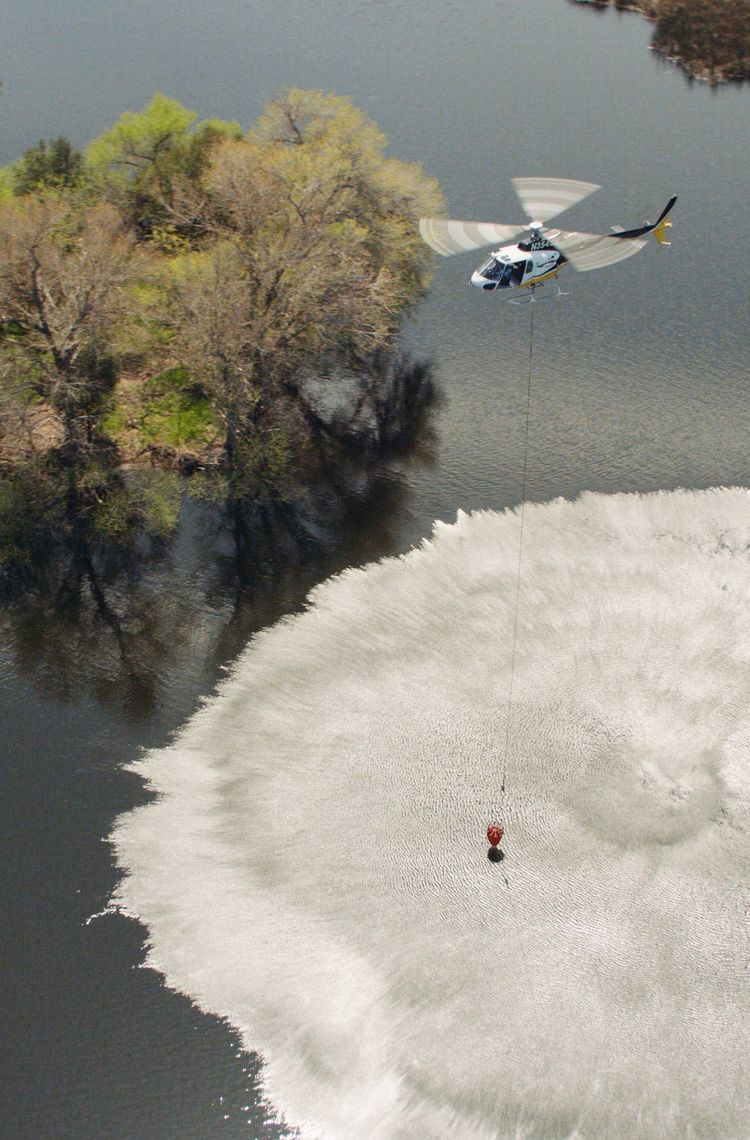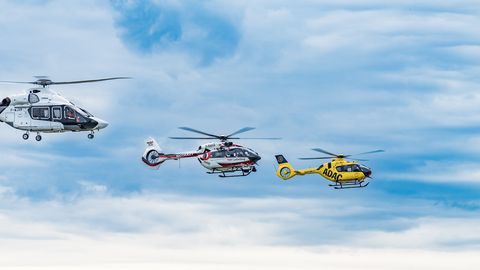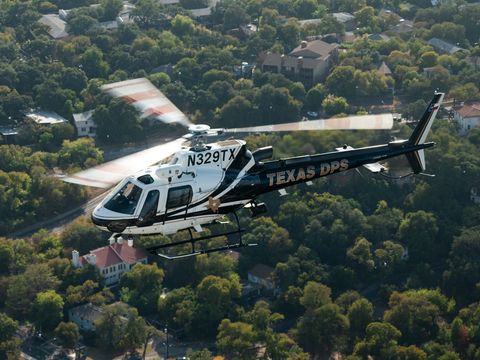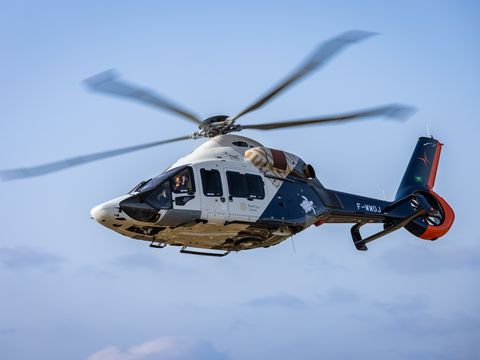From repairing a powerline after a storm to battling a wildfire on a remote mountainside, essential helicopter missions are the lifelines of our infrastructure and safety. Nearly half of all civil and parapublic helicopters in service in the U.S. and Canada today are utility helicopters. As veteran crews who fly these missions look toward retirement, the industry is proactively working to build a robust and clear talent pipeline to ensure mission readiness remains strong.
This challenge was top of mind at the 2025 Airbus Utility Summit held in Seattle, Washington from October 28-29, which convened more than 100 customer and industry representatives from the U.S. and Canada for two days of dialogue around critical issues facing the industry today.
Building a stronger foundation for career growth
With this situation in mind, multiple players in the industry are calling upon each other and their end customers to work collaboratively to help trainees develop universally recognized skill sets and simplify the varying requirements for utility missions, be it firefighting, forestry or powerline work.
“In the airline world, there's a clear ladder from the right seat of a regional jet to the left seat of a widebody. In our world, it’s more like a maze,” says Ryan Gembala, Chief Pilot at Montana’s Heli 1. “We're losing good people and failing to attract new people because they can't see a clear, standardized path forward to becoming a specialized pilot.”
As critical as the pilot shortage is, many in the industry argue that the scarcity of skilled maintenance technicians is even more dire.

”It can take us twice as long to get a great H125 mechanic fully proficient on a Super Puma as it does to transition a pilot from one aircraft to another,” says David Rath, CEO of Precision Helicopters, based in Oregon. “You can't build that experience overnight, and a single grounded helicopter due to a lack of maintenance can mean a fire line is lost.”
To tackle these challenges, panelists highlighted their ongoing discussions with end customers to modernize pilot skill requirements, with moderator Bruce Webb, Head of Aviation Education at Airbus, emphasizing that paper qualifications don’t always guarantee actual pilot competency and the right fit for bush piloting.
“As an industry, we need to champion a common standard for aerial work skills,” says Chief Pilot Allison Smit of Great Slave Helicopters, located in Yellowknife in the Northwest Territories of Canada.. “This would create the clear career path that has been missing, allowing new pilots and mechanics to build quantifiable competence, and would eliminate the patchwork of divergent customer requirements that exist today.”

Accelerating experience in the utility cockpit and hangar
An improved approach to providing new talents with training opportunities is also key to closing the experience gap that is currently challenging the essential operations that depend on vertical lift. “In the utility cockpit, both newly minted pilots and line pilots from the very different passenger transport side of the industry lack the hundreds of specialized hours in long-line or mountain flying that our contracts demand. So the key is to provide these candidates with the training opportunities they need to rapidly build experience,” says Scott Sinton, Chief Pilot and Vice President at Sinton Helicopters in California.
A variety of more efficient training solutions are gradually adopted across the industry, with a shift to accelerated ground school programs, and technology-driven training, including Virtual Reality (VR) Simulators, which allow new pilots to gain practical experience and a quantifiable skill set in a controlled, cost-effective environment. Likewise, Computer-Based Training, consisting of digital learning modules that deliver information in small consumable chunks, is making complex topics more accessible.
The industry is also working to ensure new talent is prepared for the unique, rewarding, yet demanding lifestyle of working in remote and rugged environments, says Smit. Or a pilot exchange program where pilots could work for different operators in various regions, such as Canada and the US, to gain diverse experience.
A collaborative blueprint for human capital development
“No single one of us can solve this alone,” notes Kathy Six, Head of Customer Training at Airbus Helicopters in North America, one of the panelists, “so as an industry we need to pool our resources and will, and leverage new technologies to quantifiably prove a pilot's competence with fewer hours in the air, as we can no longer afford to wait four to five years for a pilot to gain competency through flight hours alone.”

Featured above: Bruce Webb, Kathy Six, Ryan Gembala, and Allison Smit
Notably, many of the solutions discussed at the Utility Summit involved having multiple operators jointly fund and operate resources as a consortium or cooperative, allowing the creation of a standardized, advanced training pool. The adoption of common curriculum or training programs, signed off on by institutional and governing bodies, manufacturers, such as Airbus, as well as operators from varied utility segments was also amongst examples mentioned. This would help ensure a quantifiable, high-quality level of training that all stakeholders, including insurers, can trust.
“The future of aerial work hinges on partnership,” echoes Six. “Fostering a collaborative ecosystem would enable the entire industry to work together to ensure the mission-ready crews are there to fly the essential lifelines we all depend on, far into the future.”











